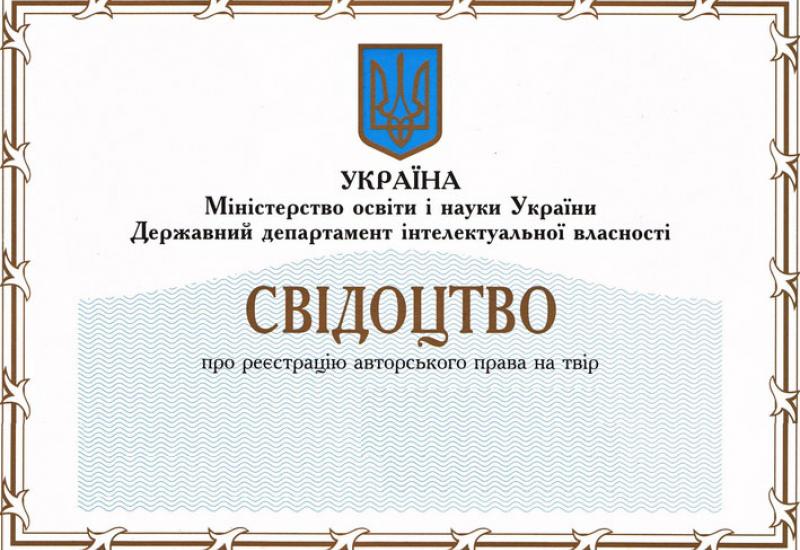Modern science makes good use of pseudorandom number generator in various applications from Monte Carlo and Simulation modeling to cryptography. Essentially pseudorandom number generator drawing computers using recursive algorithms. Such method has many advantages but there are also drawbacks, one of which is the lax of "security" pseudorandom number generator, because everyone who knows generation algorithm can reproduce the same sequence .
In cases where "secrecy" is crucial importance using such methods which is based on physical processes. Find the physical origin of "true" random numbers is difficult. Physical noise such as detectors of ionizing radiation events, shot noise in resistors or cosmic radiation may be the source.
The department of mathematical analysis and probability theory FPM prof. OI Klesov with undergraduates Leonid and Helena Izyumtsevymy who suggested using thermal noise of devices that the operation of wireless networks Wi-Fi. The thermal noise in electronic devices still used to generate random numbers: the firm Toshiba released a device fee based on PCI. The idea of young scientists and their leader is much more effective because it does not require additional hardware and is much simpler to implement. Another advantage of this method is that it allows you to get a random number of different statistical distribution .
Recently prof. OI Klesov and his students have received state certificate of copyright registration (№ 42269 from 15.02.2012). Master’s thesis Helena and Leonid Izyumtsevyh will be defended in May this year, containing the results of probabilistic tests confirming empirical predictions regarding the distribution process of thermal noise, the use of which the authors suggested.
Wish them luck!

